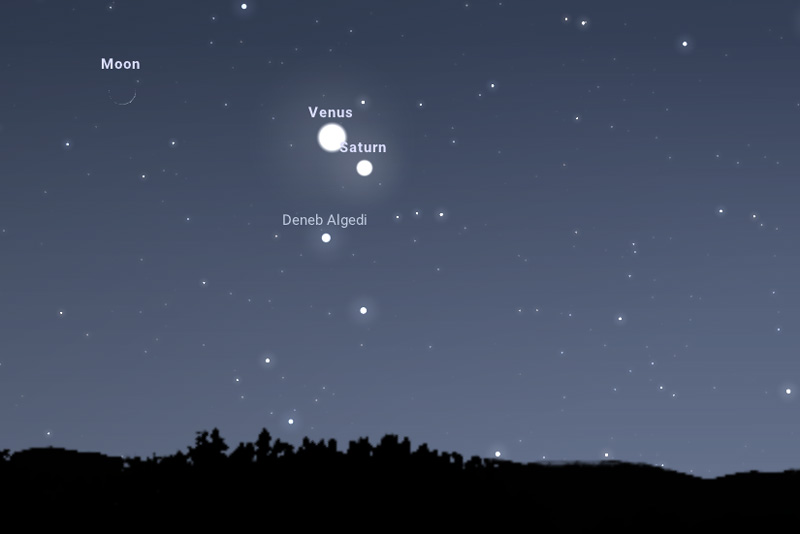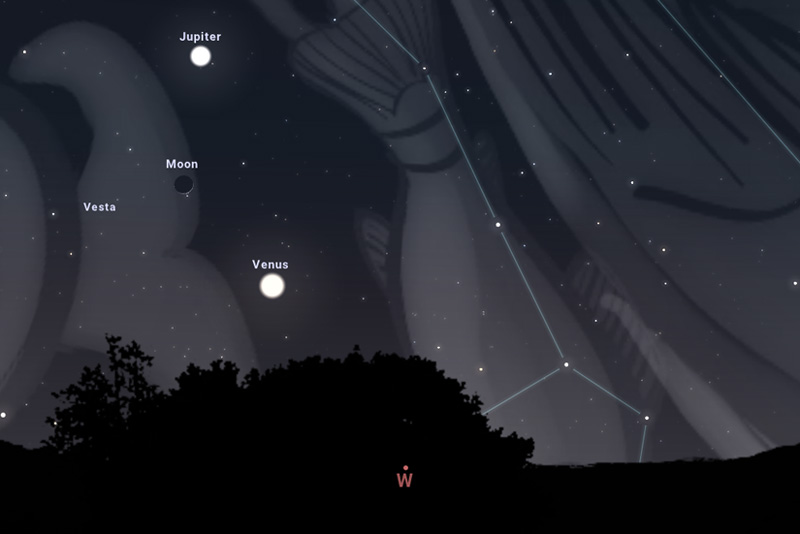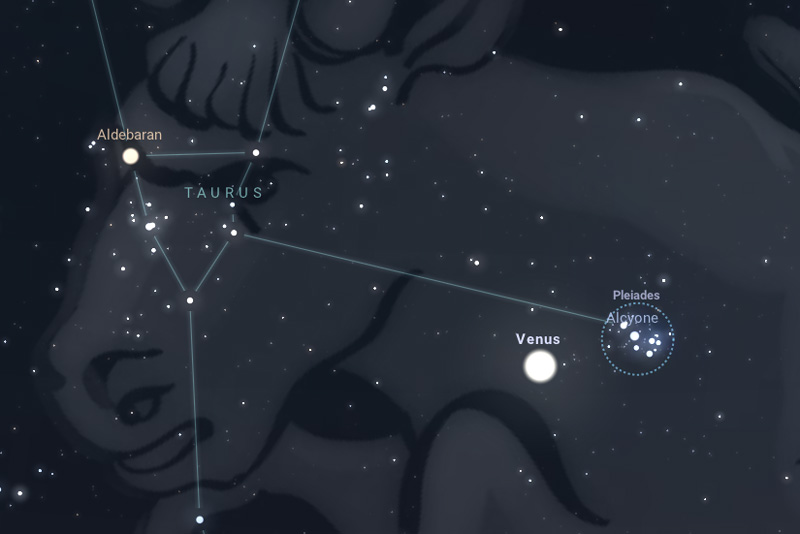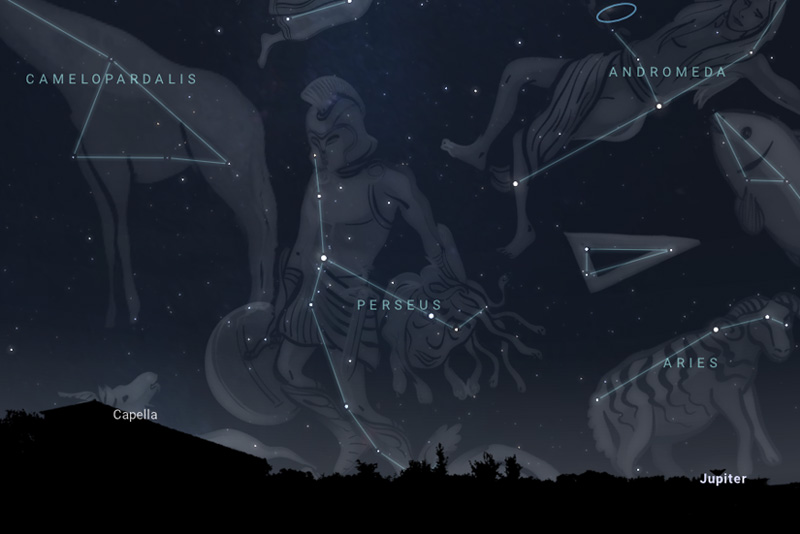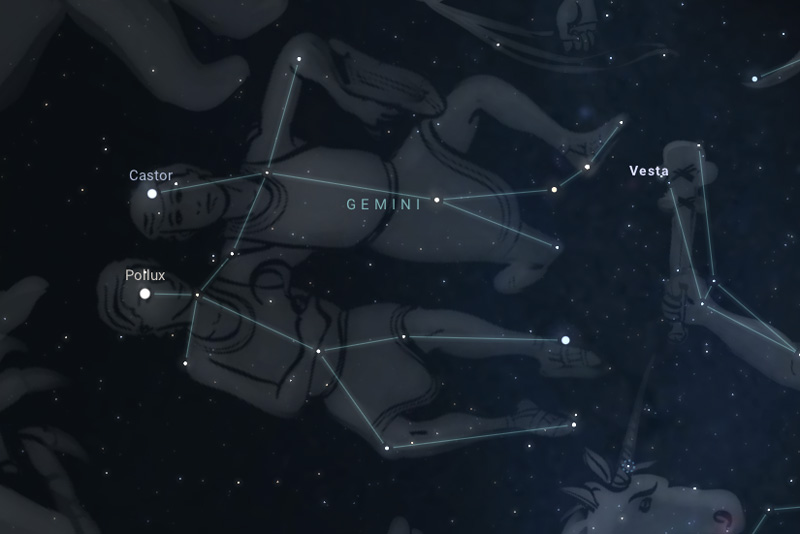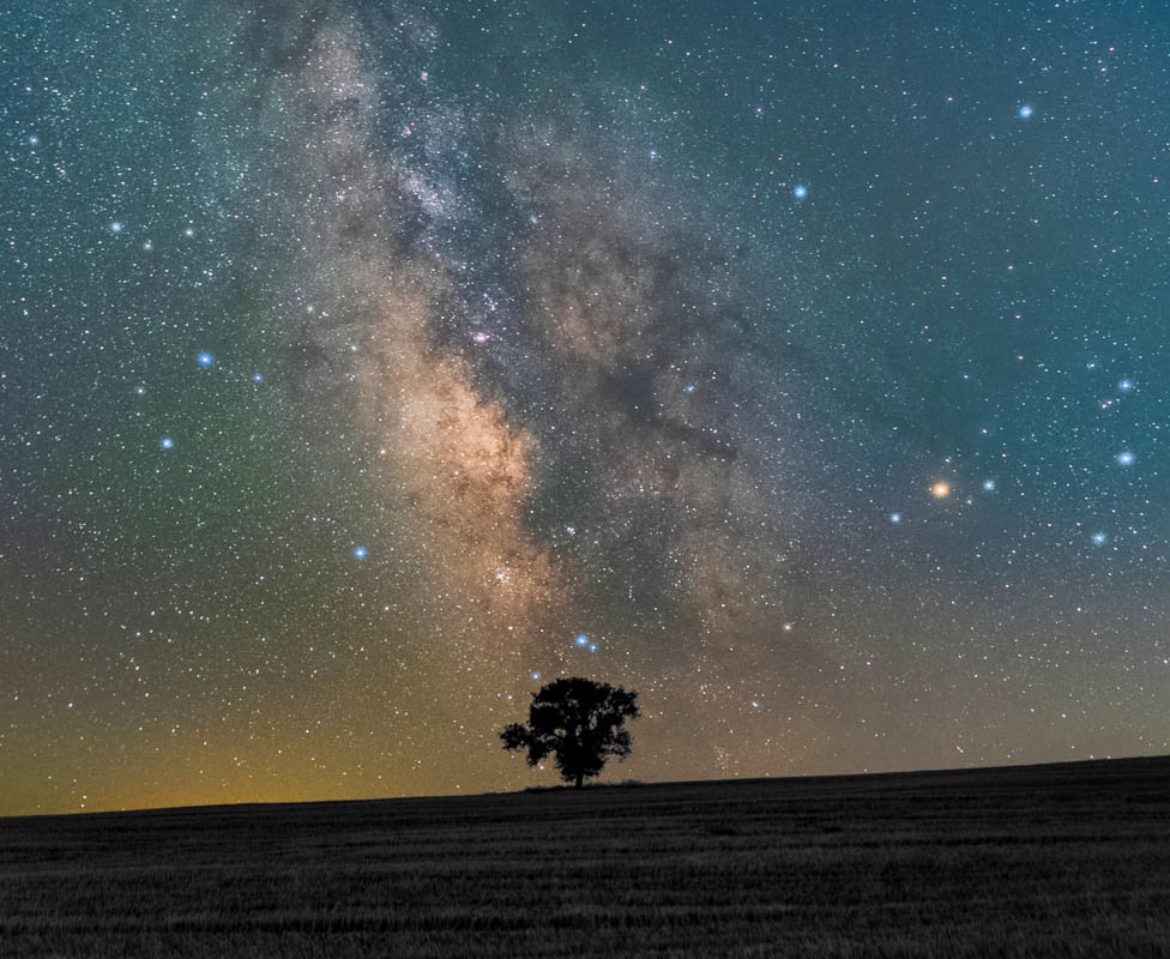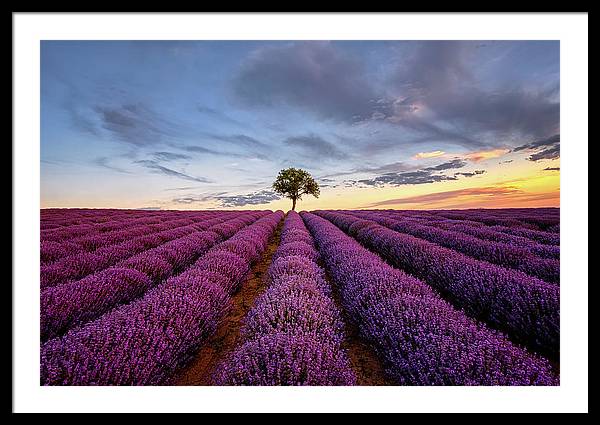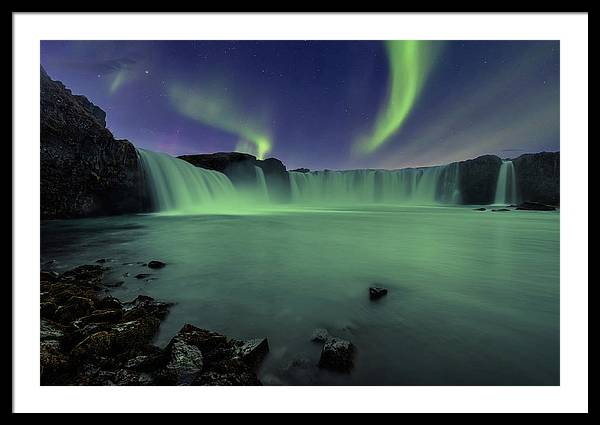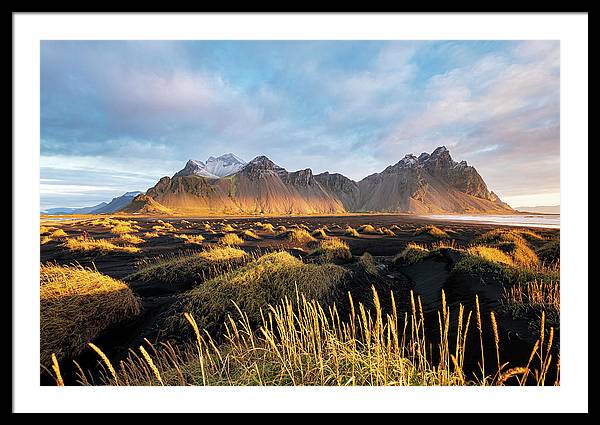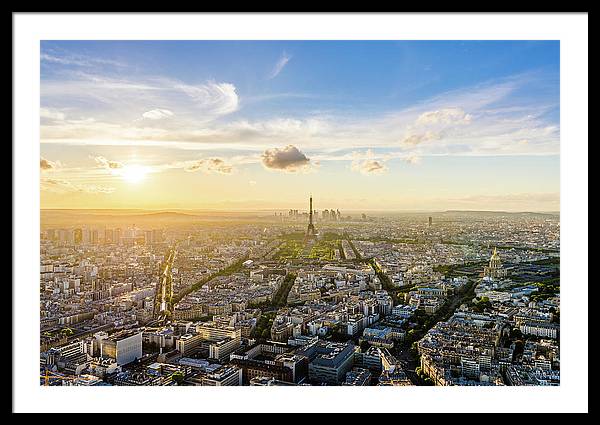Top 10 Night Sky Events of 2023
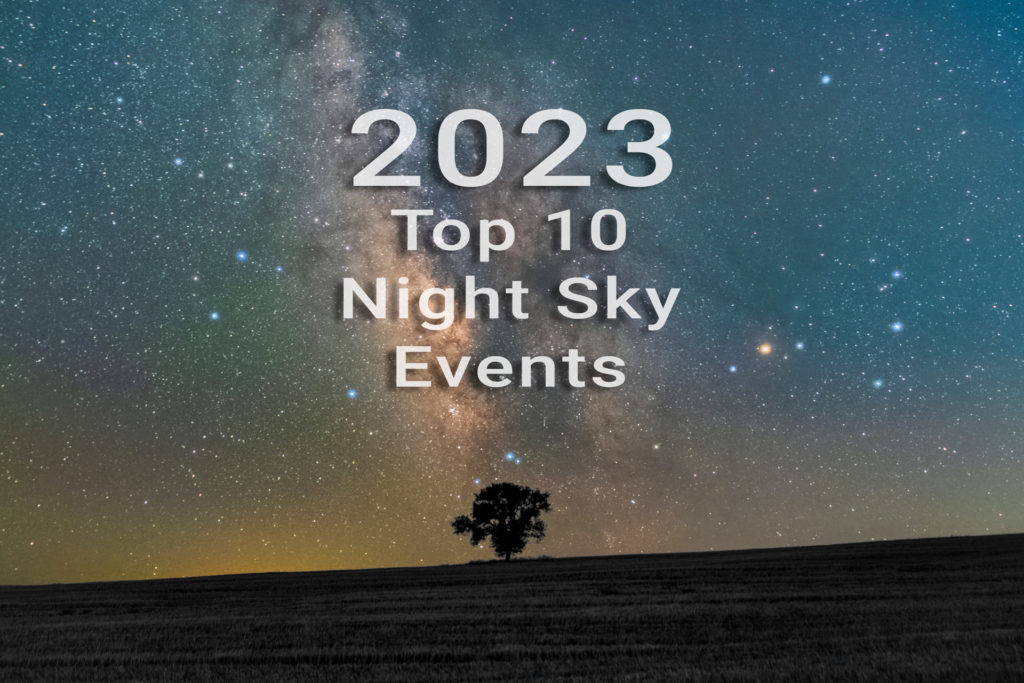
In the coming year we will have the opportunity to view perfectly timed meteor showers, a pair of solar eclipses and some planetary alignments! Here is a list of the best celestial events to look out for in the night sky of 2023.
January 4: Quadrantid meteor shower peak
Quadrantids are typically one of the most active meteor showers of the year. Unfortunately, the peak this year falls just two days before the full moon. So you should try to catch them before the moon rises.
January 23: The Crescent Moon meets Saturn and Venus
Watch the stunning glow of the whisker-thin crescent moon appear in the southwestern sky about an hour after sunset on January 23. Two bright planets will be visible just below: Venus and Saturn. The two planets will be approximately one degree apart. Venus will shine brightly, easily outshining Saturn.
February 22: The Crescent Moon meets Jupiter and Venus
Look west shortly after sunset on February 22 for the waxing crescent moon between Jupiter and Venus.
April 11: Venus meets Pleiades
In April 2023, bright Venus will be one of the most popular targets for stargazers all over the world. It will be close to the Pleiades star cluster, also known as the Seven Sisters, and the larger V-shaped Hyades star cluster, which contains Aldebaran, a bright red foreground star. On April 22, you can add a waxing crescent moon to the mix for an incredible celestial event.
April 20: Hybrid solar eclipse
Residents of Oceania will be able to see a rare hybrid total/annular eclipse this April, which is an eclipse that changes appearance as the Moon’s shadow moves across the Earth. Such eclipses are uncommon; for example, only seven will occur this century. In most cases, a hybrid eclipse starts out annular, progresses to total, and then returns to annular. This one-of-a-kind event will be witnessed by observers from Australia, Indonesia, and East Timor, while the surrounding areas will experience a partial solar eclipse.
April 23: Lyrid meteor shower
The Lyrids are an average meteor shower, producing about 20 meteors per hour at its peak. The best views are expected in the early morning hours of April 23. The crescent moon will set early the night before, leaving behind dark skies that will allow observers to see even the faintest shooting stars. The meteor shower will appear to radiate from the bright star Vega and the constellation Lyra, which bears its name.
August 22: Perseid’s meteor shower
The Perseid meteor shower is one of the year’s most popular and abundant meteor showers. It is capable of producing up to 100 meteors per hour. This year, the Perseid meteor shower peaks two days before the New Moon, making observing conditions ideal. This meteor shower can be seen from the Northern Hemisphere, where the radiant is always visible above the horizon.
August 31: The biggest full moon of 2023
The Supermoon on August 31, 2023, will be closer to Earth than other Full Moons of the year, making it the brightest and most visible of the year. Furthermore, it will be a Blue Moon, or the second Full Moon in a calendar month (note that the name has nothing to do with the real color of the Moon).
October 14: Ring of Fire – Annular solar eclipse
nother solar eclipse will be visible over the continents of North and South America. Observers in the United States, Mexico, Belize, Honduras, Nicaragua, Panama, Colombia, and Brazil will see a “ring of fire,” also known as an annulus – a bright ring of sunlight around the Moon. The remainder of the Western Hemisphere will see a partial eclipse. Remember that if you want to see the solar eclipse, you must use a solar filter.
December 13, 14: Geminids meteor shower
The Geminid meteor shower, one of the most prolific and consistent of the year, peaks in the late hours of December 13 and early hours of December 14. This year, the Moon, which is only a few days old, stays out of the way to allow the faintest meteors to appear in the dark sky. Geminids can be found anywhere in the sky and can be traced back to the radiant in Gemini near the star Castor.
So, these are some of the best dates to stay out late, enjoy the night sky, and possibly photograph these spectacular celestial events! Here’s a selection of my favorite astrophotography photos. Check it out! And clear skies!
